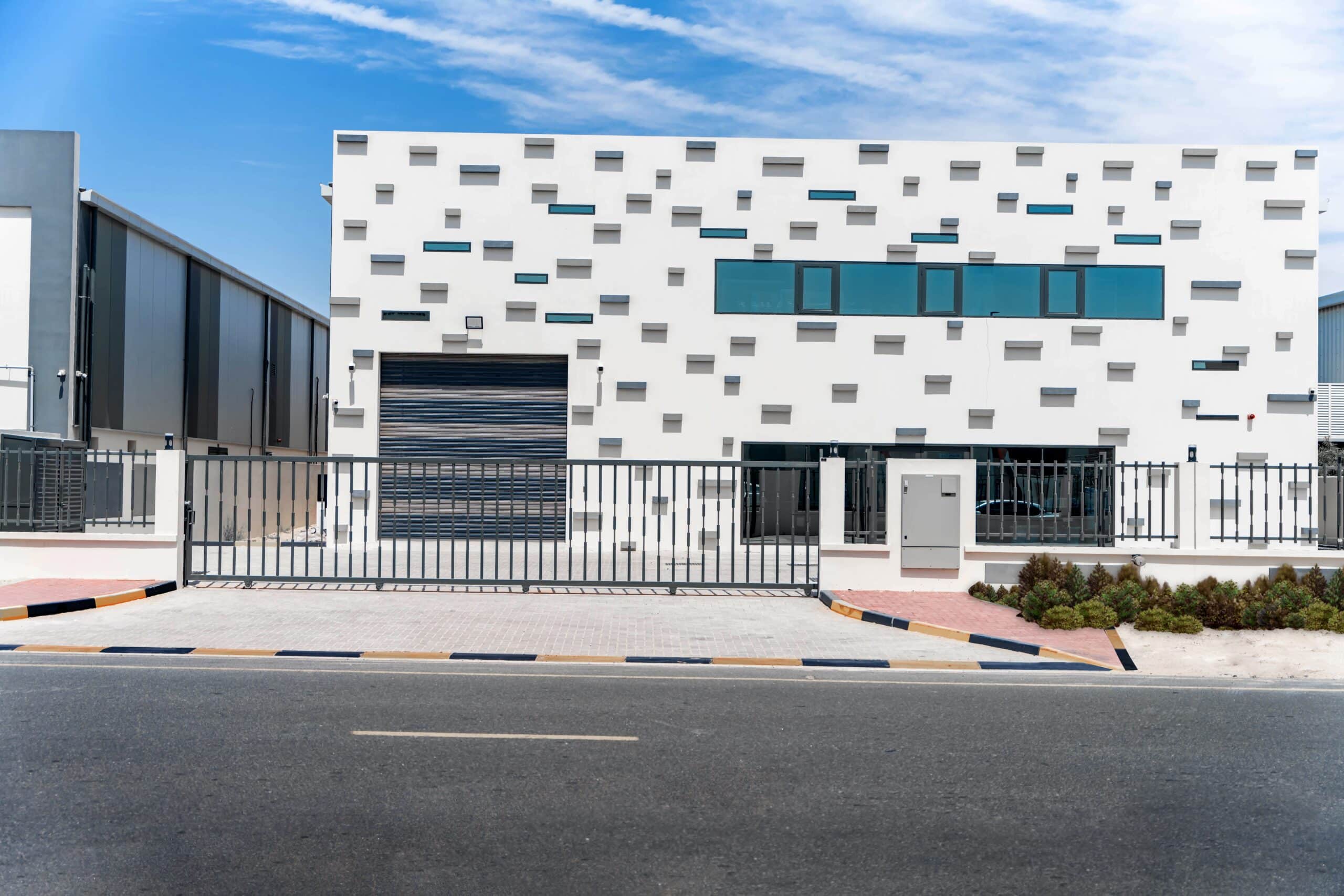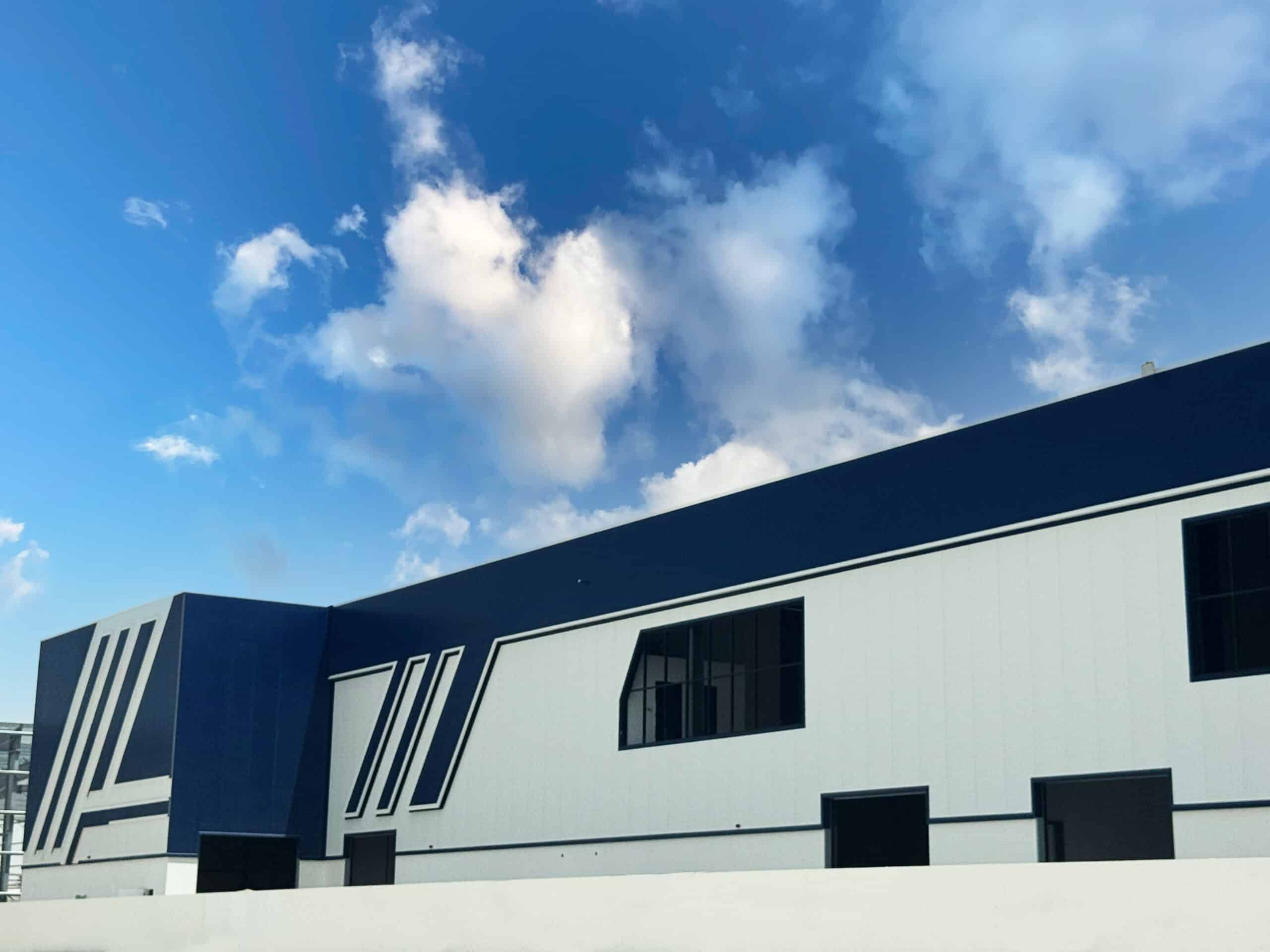Introduction
What is steel fabrication? – Steel is literally the backbone of modern construction—and it’s everywhere, from the tallest skyscrapers to the bridges we drive over every day. But what exactly goes into making those massive steel structures? That’s where steel fabrication comes in. It’s a highly skilled process that turns raw steel into the frames, beams, and custom components that hold up our world.
According to the World Steel Association, over 1.8 billion tonnes of steel were produced globally in 2023 alone, highlighting just how essential this material is across industries. From structural engineering to energy infrastructure, the demand for steel—and those who can fabricate it—has never been higher.
In this guide, we’re breaking down what steel fabrication really is, whether or not steel is magnetic, how it compares to wood in building projects, and what makes places like Dubai a hotspot for steel fabrication. Whether you’re just curious or deep in the industry, this article will give you the full picture—without the jargon.
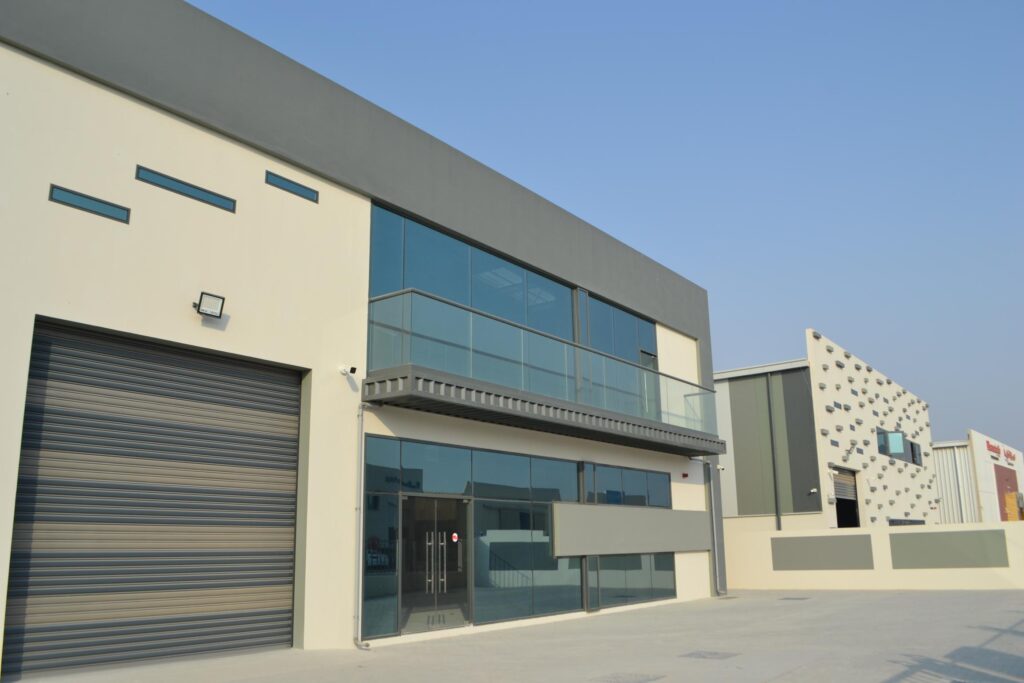
What Is Steel Fabrication?
Definition and Purpose
Steel fabrication involves transforming raw steel into predefined shapes for use in construction and manufacturing. This includes beams, columns, trusses, stairs, platforms—you name it. Fabricators use tools like laser cutters, CNC machines, and welders to bring engineering designs to life.
The purpose? To create strong, reliable structures that last. Steel is known for its incredible strength-to-weight ratio, which means you can build tall, wide, and heavy-duty structures without going overboard on material or weight.
Read our guide: Are sustainable bricks a construction solution?
Common Steel Fabricated Products
If you’ve ever seen a bridge, steel building, or offshore platform, you’ve seen the results of steel fabrication. Products can include:
- Steel frames and beams
- Roof trusses and floor joists
- Stairs, handrails, and guardrails
- Conveyor systems
- Pre-engineered steel buildings
- Offshore rigs and marine platforms
Especially in steel fabrication Dubai, where infrastructure development is booming, these components are in high demand.
Industries That Rely on Steel Fabrication
Just about every industry benefits from steel fabrication:
- Construction – Think warehouses, factories, and skyscrapers.
- Oil & Gas – Offshore rigs, refineries, and pipelines.
- Mining & Material Handling – Equipment supports, conveyor gantries.
- Transportation – Bridges, railways, ports.
- Energy – Wind turbine towers, solar panel frames.
In fact, structural steel fabricators and erectors are essential across these industries for making sure everything is both functional and up to safety standards.
Is Steel a Magnetic Material?
Let’s switch gears and get a bit scientific for a moment. You might’ve wondered—is steel a magnetic material? The short answer is it can be.
The Role of Iron in Steel’s Magnetism
Steel is an alloy, mostly made of iron and carbon. And since iron is magnetic, yes—steel can be attracted to a magnet. But there’s a catch.
Which Types of Steel Are Magnetic?
Not all steel types are magnetic. For example:
- Carbon steel and low alloy steel (like what’s used in construction) are magnetic.
- Austenitic stainless steel (used in kitchen appliances and architecture) usually is not magnetic.
So the answer to is steel magnet? is a bit nuanced. It depends on what kind of steel we’re talking about.
Comparison with Non-Magnetic Metals
Unlike steel, metals like aluminum, copper, and gold are not magnetic at all. They don’t contain iron and won’t respond to a magnet, which is why they’re often used in electronics and jewelry.
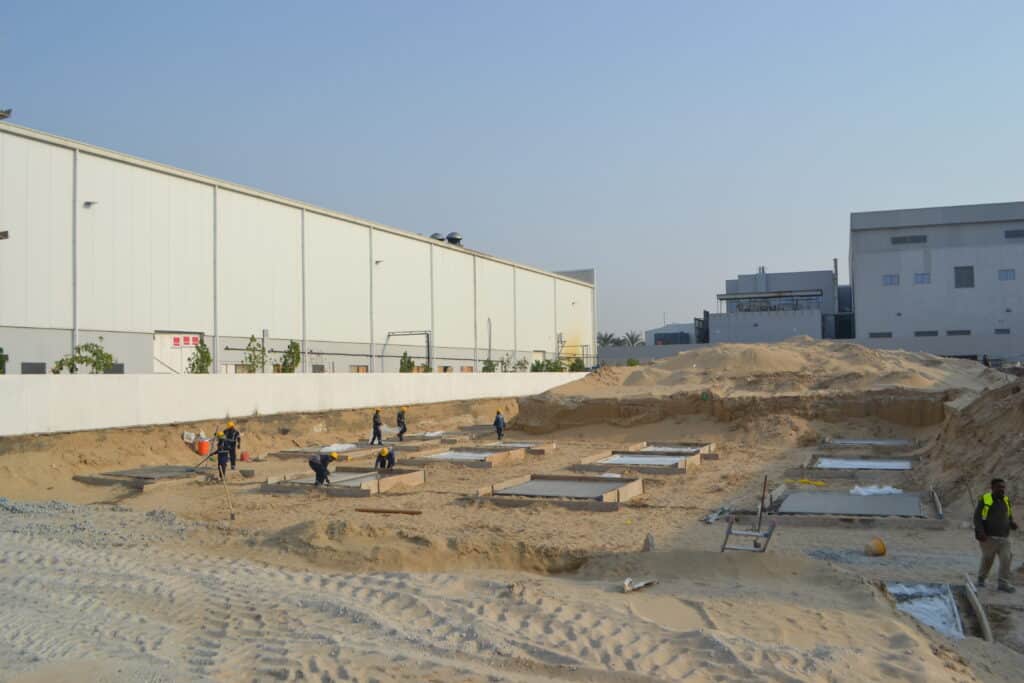
Are Steel Buildings Cheaper Than Wood?
Time to answer a classic question: Are steel buildings cheaper than wood?
Short-Term Cost Factors
At first glance, wood might seem cheaper. It’s more accessible in many regions, and its fabrication cost is often lower—especially for smaller, residential projects. But when it comes to commercial or industrial buildings, steel fabrication starts to shine.
Steel is stronger, more durable, and easier to install using pre-engineered kits. Fewer labor hours are needed, which means you save on manpower.
Long-Term Cost Savings
Here’s where steel really wins. Steel doesn’t rot, attract termites, or go up in flames the way wood can. Over time, you’ll spend less on repairs and insurance. Plus, steel lasts decades longer than wood, especially in harsh environments.
Insurance and Maintenance Benefits
Insurance premiums for steel buildings are usually lower. Why? They’re less risky. Fire resistance, structural integrity, and resilience against pests all make a difference to insurers.
So overall—yes, steel buildings are cheaper than wood in the long run. Even if you pay a bit more upfront, the lifetime value is higher.
Read our guide: Sustainable construction techniques In the UAE
Steel Fabrication Dubai
Dubai is known for its futuristic skyline and massive infrastructure projects—and none of it would be possible without world-class steel fabrication.
Stainless Steel Fabrication
Stainless steel fabrication is especially popular in Dubai for both structural and decorative purposes. Think airports, malls, luxury hotels, and waterfront promenades. Stainless steel is sleek, corrosion-resistant, and perfect for the UAE’s desert climate.
Major Projects and Industries Served
In Dubai, structural steel fabricators play a key role in:
- Expo and exhibition centers
- Mega-malls and sports arenas
- Metro stations and bridges
- Offshore oil platforms
- High-rise buildings
Companies in the region focus on precision, durability, and meeting international standards, especially given the massive scale of projects they take on.
Steel Fabrication Capabilities and Technologies
Now that you know why steel fabrication is so important, let’s look at how it’s done.
Cutting, Welding, and Forming Techniques
Steel components are cut using high-precision tools like:
- Laser cutters
- Plasma torches
- CNC machines
Then comes welding. Expert welders use techniques like MIG, TIG, and SMAW to fuse parts together with structural integrity in mind.
Forming is done using press brakes that can shape steel into curved or angled profiles. This is especially useful for architectural designs and specialty products.
Coating, Testing, and Quality Control
After fabrication, the steel is coated to resist rust, often using paint, powder, or galvanizing. Quality control teams inspect everything from weld quality to coating thickness to make sure it meets specs.
Non-destructive testing (NDT) methods like ultrasonic or X-ray scans ensure that every weld and joint is solid and safe.
Engineering and Custom Fabrication Support
Every project is different, which is why structural steel fabricators often provide in-house engineering. They create detailed 3D models, run stress tests, and plan out the assembly so there are no surprises on site.
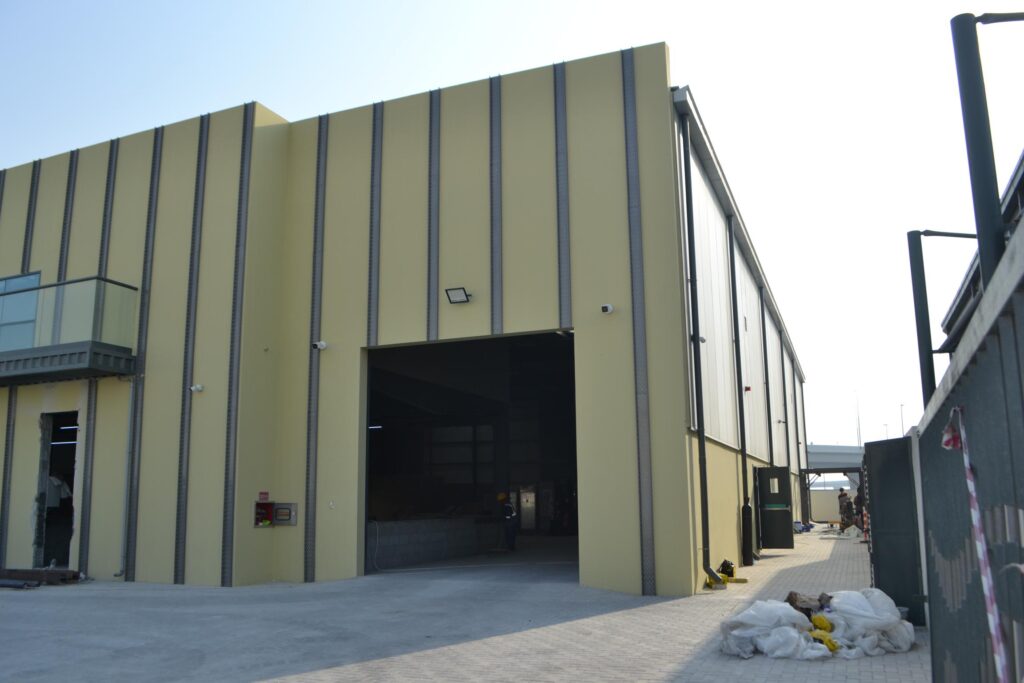
Final Thoughts
So, what is steel fabrication? It’s more than just cutting and welding metal—it’s a precision-driven process that turns raw steel into everything from bridges and skyscrapers to offshore rigs and conveyor systems. Whether you’re dealing with structural steel fabricators and erectors or specialists in stainless steel fabrication, this industry is central to building the infrastructure we rely on every day.
We’ve also cleared up a few common questions along the way:
- Is steel a magnetic material? Yes, in most cases—especially when it contains iron.
- Are steel buildings cheaper than wood? Over time, definitely. The durability, low maintenance, and insurance savings make steel the smarter long-term investment.
- And in booming construction hubs like Dubai, the demand for custom, high-quality steel structures is only rising.
From cost efficiency to strength and adaptability, steel remains unmatched—and with ongoing advancements in fabrication techniques and technology, it’s only becoming more versatile. Whether you’re pricing a new building, sourcing materials, or just curious about what makes modern infrastructure tick, understanding steel fabrication gives you a solid foundation.
